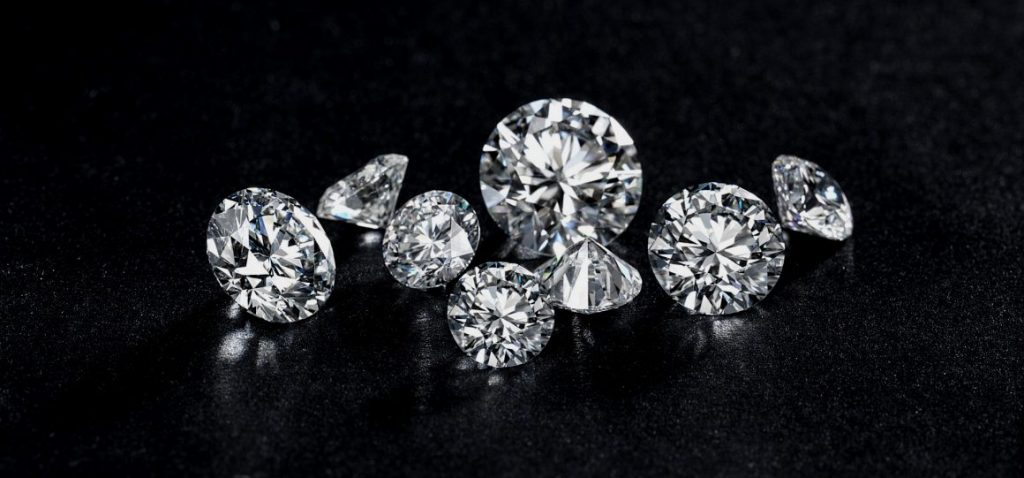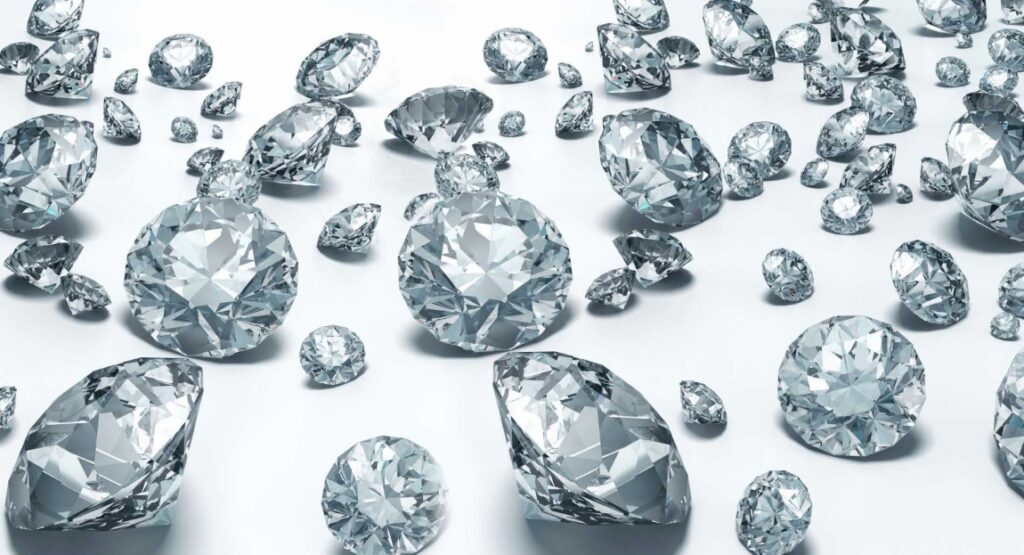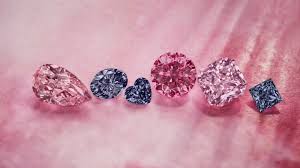Infamous and splattered by the dubious practices of certain actors: the diamond investment market is not without controversy. Therefore, we believes that it is necessary to regulate the sector on which it rests and remember that good practices exist. To help shed some light on this sector, the diamond investment website reviews the most widespread myths.
The pink diamond investment market is not regulated
FALSE. Any external financial authority does not control the white diamond market, but the value of the stones is determined independently by the Diamond Report, a benchmark for all professionals in the sector.
Although each stone has unique characteristics (4Cs: colour, cut, carat and purity), its value is determined by very fixed scales, subject to variations in the actual diamond stocks and production of the gem.
There is no high performance without a high risk
TRUE BUT …Unlike other securities, the particularity of investing in diamonds is that it is a non-speculative investment: its profitability must be valued over a minimum period of 10 years.
Since the 60s, the price of the diamond remains stable: If in 1960 a carat was worth about $ 2700, its value is now close to $ 31,000. And if, in fact, price fluctuations can intervene in it from one year to the next depending on the fluctuation stocks and a more or less strong production.
Its value is still growing in the long term: it is the reason why that the professionals recommend to the investors not to consider the diamond as a short term diamond investment .
The certificate of authenticity is not enough to test the quality of the
FALSE diamond. The “diamond certificate” or “diamond quality certificate” is established and awarded by a team experienced in gemology within world-renowned laboratories such as the CGL, HDC, GIA or the laboratories of the Chamber of Commerce of Industry.
The experts classify there the characteristics of the 4Cs (size, purity, colour and weight) after an analysis, allowing them to decide on the value of the stone.
This document proves that a diamond investment expert has well examined the diamond and that its price has been set according to its level of quality: it is your identity card.
The diamond certificate has two main interests: that of regulating diamond exchanges and limiting the parallel trade of this precious stone, but also that of being an accurate test of the quality of the diamond.
It is preferable to invest in a white diamond than in a diamond of
FALSE colour. Although the white diamond is best known to the general public, coloured diamonds, known as “fancy,” are the most chosen by experts.
They present very attractive returns thanks to their great rarity, the price of a colour diamond carat can thus reach up to 50 times more than that of “white” stone. And, currently the most demanded is the pink diamond: its price can be seen multiplied by four per peak demand.
The diamond is safe from
TRUE financial bubbles. The price of diamonds is not subject to external influences. Contrary to what happens with investments in the stock market, the diamond effectively resists the turbulence of the market, whose value then remains reasonably stable, and can, on the other hand, be seen as a useful economic stimulus tool in case of crisis.

The diamond investment market is an opaque market.
FALSE. The diamond market is a market mainly unknown by the general public. Also, there is usually a great distrust around this, justified, however, by old dubious and unregulated practices.
However, the implementation of numerous controls in various stages of diamond production has allowed regulating the market and significantly reducing the bad practices of the sector that were still in force at the end of the 90s.
Parallel to the professionalization of the industry and to the reinforcement of the controls that have sanitized the market, online sales platforms for diamonds have allowed the access of this product to the general public, to make it understand its gears and to simplify its purchase.
The resale of a diamond is complicated
FALSE. Diamond investment suffer from less and fewer difficulties in reselling them, thanks to the emergence of specialized transaction platforms in the purchase and sale of diamonds.
However, in the context of equity investments, it is advisable to buy classic diamonds, which are more easily found by a buyer.







